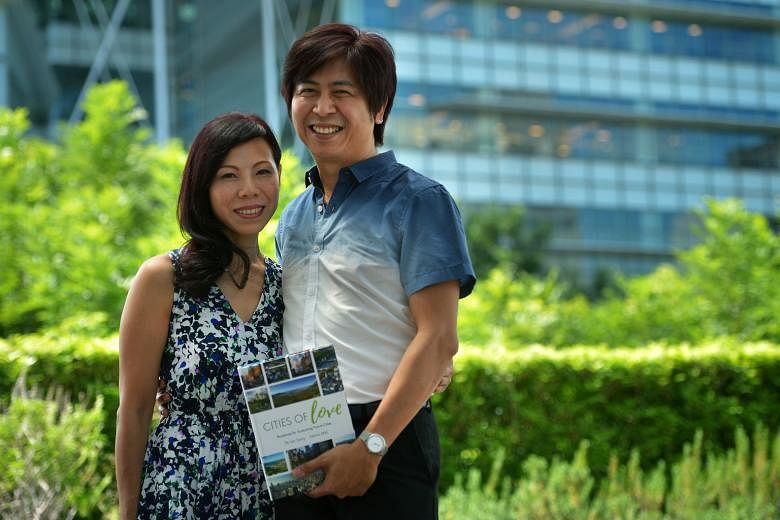As a boy Mr Tai Lee Siang would spend much of his playtime getting lost in the wonders of creation as he stacked wooden blocks to build his architectural dreams.
It was the ability to translate his imagination into something tangible that he found fascinating.
"There was also that element of surprise. When you stack wooden blocks together, you get an end-product that looks different each time," said the 52-year-old.
His passion in construction has guided his life so far: he has been an architect and urban planner since 1990, after graduating with an architecture degree from the National University of Singapore in 1987.
He has also held several leadership positions, including the presidency of the Singapore Green Building Council and the Singapore Institute of Architects.
In July, he became the first Asian to helm the World Green Building Council - an international body whose mission is to promote sustainability in the building sector.
Mr Tai said he was introduced to the idea of building sustainably during university, where undergraduates studying architecture would be taught, for instance, how to use construction materials efficiently to minimise wastage.
But it was only when he watched former United States vice-president Al Gore's documentary An Inconvenient Truth in 2006 that he was truly confronted with the prospects of climate change.
"It made me realise the severity of the effect of climate change and it was then that I understood there is a scientific impact to all our decisions."
He was jolted into doing something for the environment. This ignited his passion for green buildings -which are built using materials and methods that are environmentally responsible and resourceefficient, and which also function sustainably through features such as energy-efficient lighting.
As chairman of the World Green Building Council, he hopes to increase the number of countries that have pledged their support towards the green building movement through the organisation from 75 to 100 in two years' time.
And his target is under-developed countries.
Half the world are still not at the state where they have the ability to become greener. My goal is to quickly advance the presence of members in developing economies," he said.
Another target is for all member countries - including Singapore - to construct only net-zero carbon new buildings by 2050, meaning buildings that produce as much energy as they use.
"We asked ourselves if we should be setting such a high target.
"But we have only one earth, so if we don't seize this chance and make an audacious attempt, then we might not get there."
He will also be running campaigns to educate citizens on understanding the benefits of having green buildings that are built sustainably, and which have green features in place.
"If there is demand from the public, the building sector will be pushed to develop greener buildings."
He has also commissioned studies on how green buildings affect the well-being of its residents, including how the use of a mix of natural daylight and electrical lighting improves their vision.
Mr Tai said that, ultimately, his greatest achievement would be to get people to love their cities. "The question is can we get our citizens to love their city so much more that they want to do something for their city voluntarily," he said.
He has co-authored a book, Cities Of Love, with wife Valerie Ang, which aims to showcase how city dwellers can play a part in contributing to the sustainability of cities worldwide.
Ms Ang, 52, believes there is a limit to how much rules and regulation can motivate a person.
"If it is something close to your heart, you will do the right thing even if no one is watching," said the painter.
"It will propel you to take action on a voluntary basis, not for profit or to make yourself famous, but because you want such an environment to perpetuate for people you love and who are going to inherit it - your children."

